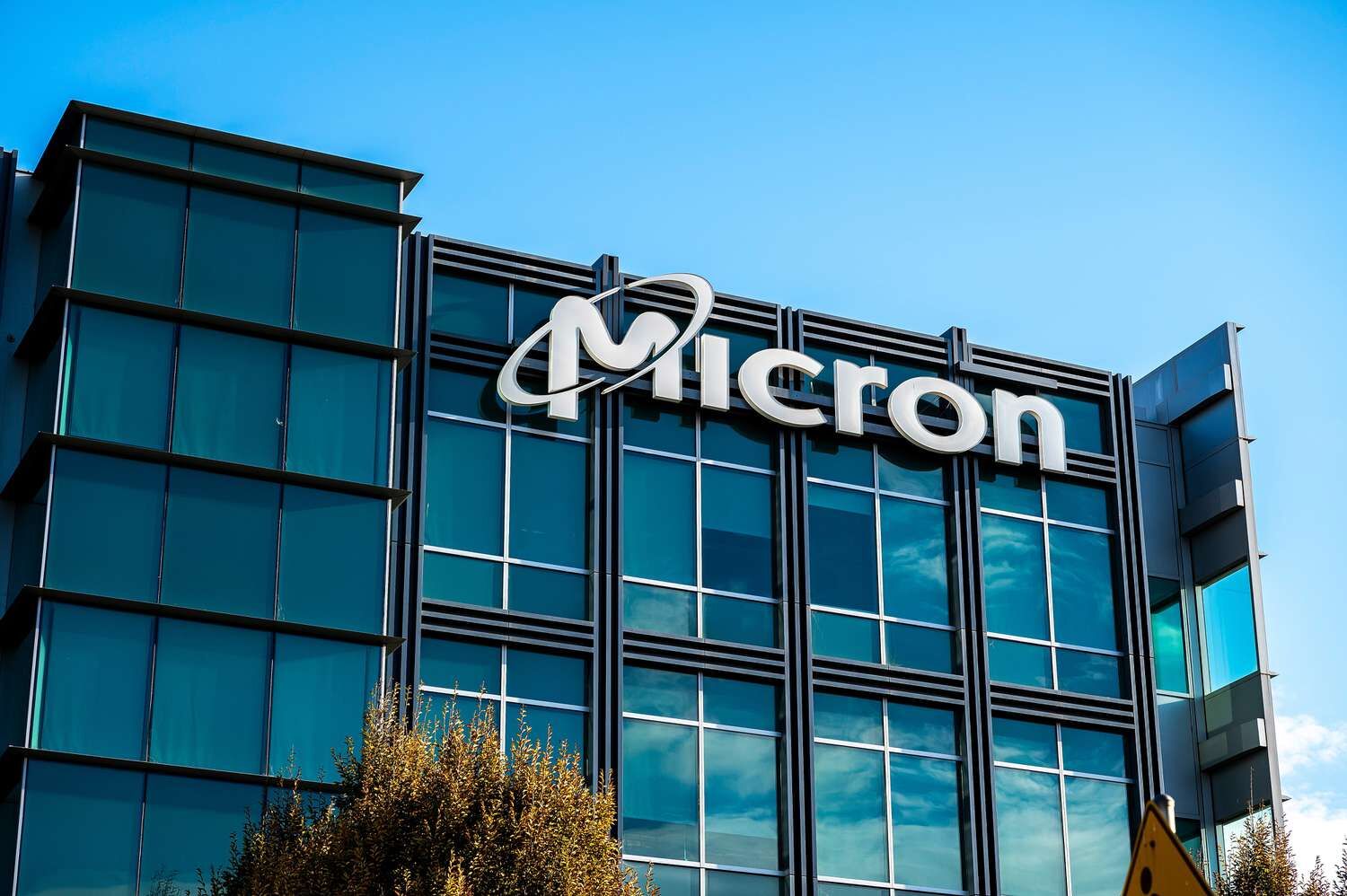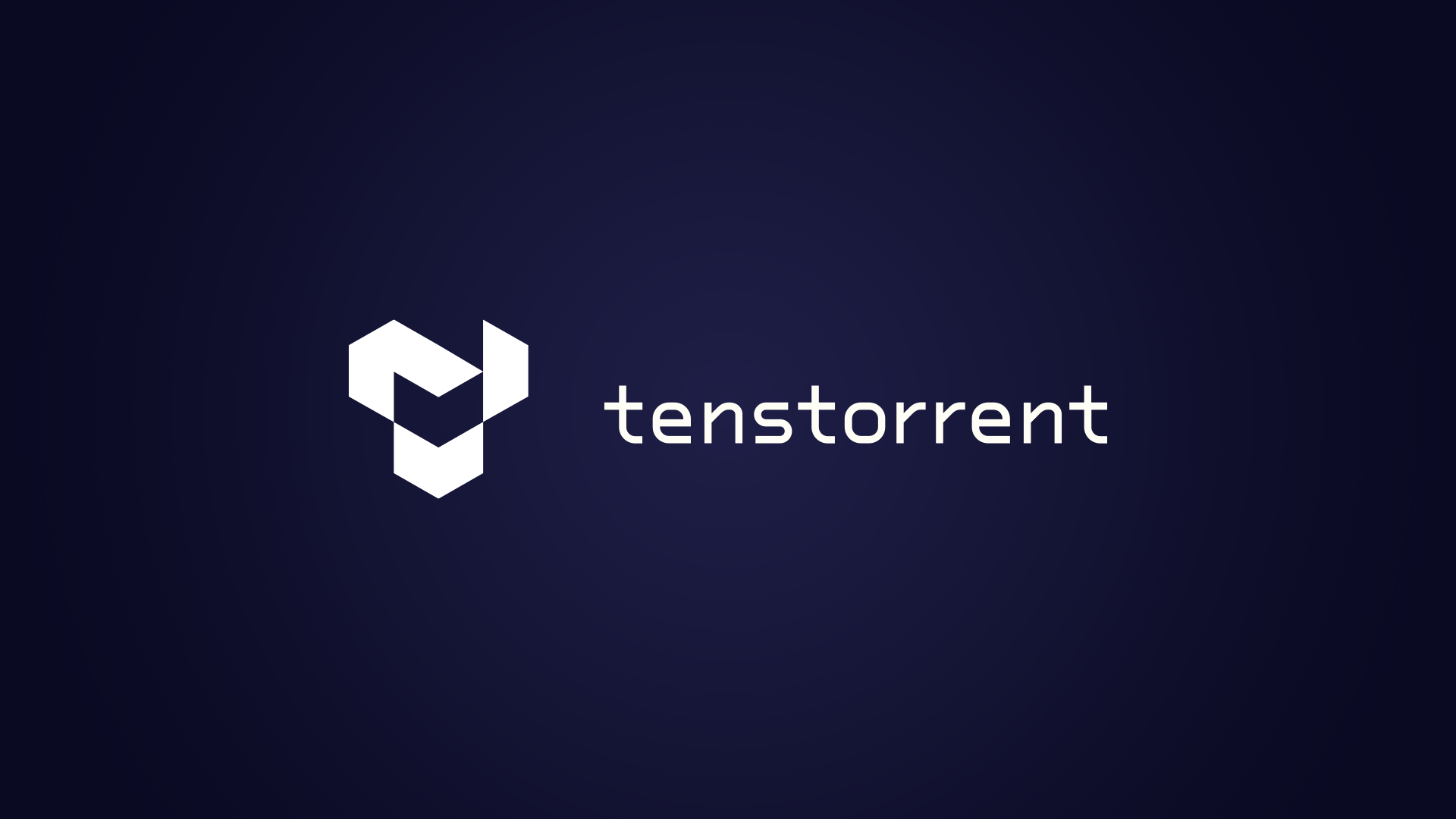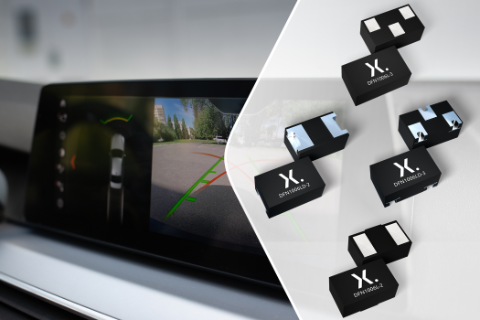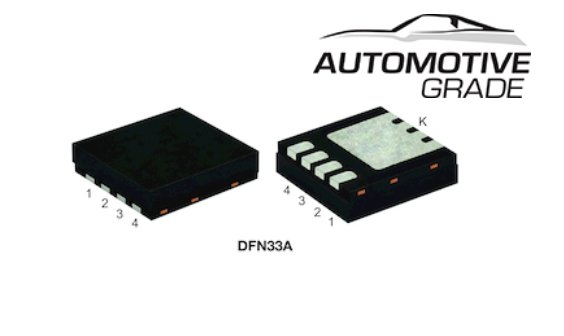October 30, 2024 /SemiMedia/ — KYOCERA AVX has introduced its new surface-mount ultra-wideband (UWB) LDS Tulip antenna (9002305L0-L01K) for 6.0–8.5GHz applications, using laser direct structuring (LDS) technology to create precise conductive traces on complex 3D structures. This design achieves significant space and weight savings, high precision, and optimized performance. With an omnidirectional radiation pattern, 360° phase stability, and linear polarization, the Tulip antenna enhances signal accuracy for low-energy, short-range, high-bandwidth UWB systems, supporting both on-board and on-ground applications.
Its superior group delay and phase distribution characteristics improve the accuracy of the phase difference of arrival (PDoA), which translates into improved system-level services, such as angle of arrival (AoA) and time of flight (ToF), maximizes the precision of device localization in space, and ensures secure communication with said device. Further, given its on-ground capabilities, it can be placed anywhere on a PCB, including the middle of the board and over metal, enabling enhanced design flexibility compared to strictly off-ground antennas, which require ground clearance and, as such, are placed along the perimeters of PCBs.
The UWB LDS Tulip antenna has a small form factor that measures 6.40 x 6.40 x 5.58mm, weighs ~0.1g, and supports SMT pick-and-place assembly. It is also compliant with the latest versions of the RoHS and REACH regulations and optimized for 6.0–8.5GHz UWB applications, such as smart city, mobility, retail, asset tracking, healthcare, fitness, security, handheld, and connectivity operations, including telematics and other Internet of Things (IoT) applications.
“LDS technology allowed us to develop a compact ultra-wideband antenna with a constant phase that delivers unparallelled accuracy in UWB systems and cannot be replicated by traditional stamped metal or flexible printed circuit antennas,” said Carmen Redondo, Director of Global Marketing for Antennas at KYOCERA AVX. “The ability to integrate complex mechanical designs in miniature 3D shapes allows us to optimize antenna size, performance, and emissions in even extremely small and oddly shaped designs, satisfy customer and regulatory specifications more easily, and help customers in various segments of the rapidly expanding smart technology industry improve time-to-market.”
When installed on a 40 x 40mm PCB, the UWB LDS Tulip antenna typically exhibits 2ns maximum group delay, 4.3dBi peak gain, 2W continuous wave (CW) power handling, and 61% average efficiency.
For more information, please visit https://www.kyocera-avx.com/product/9002305l0-uwb-lds-antenna-tulip/.












All Comments (0)